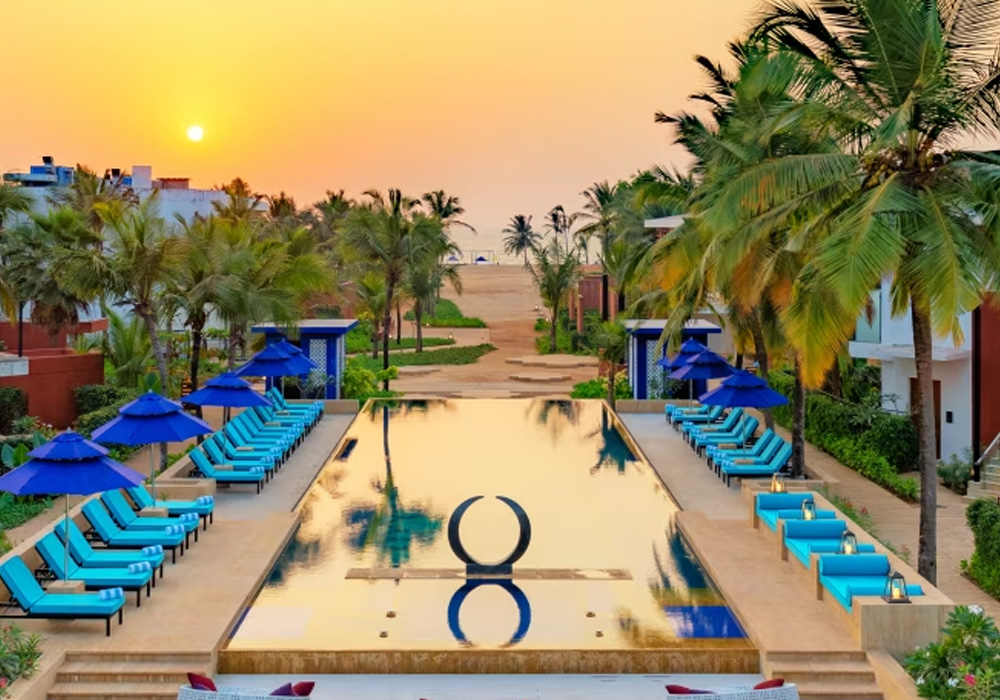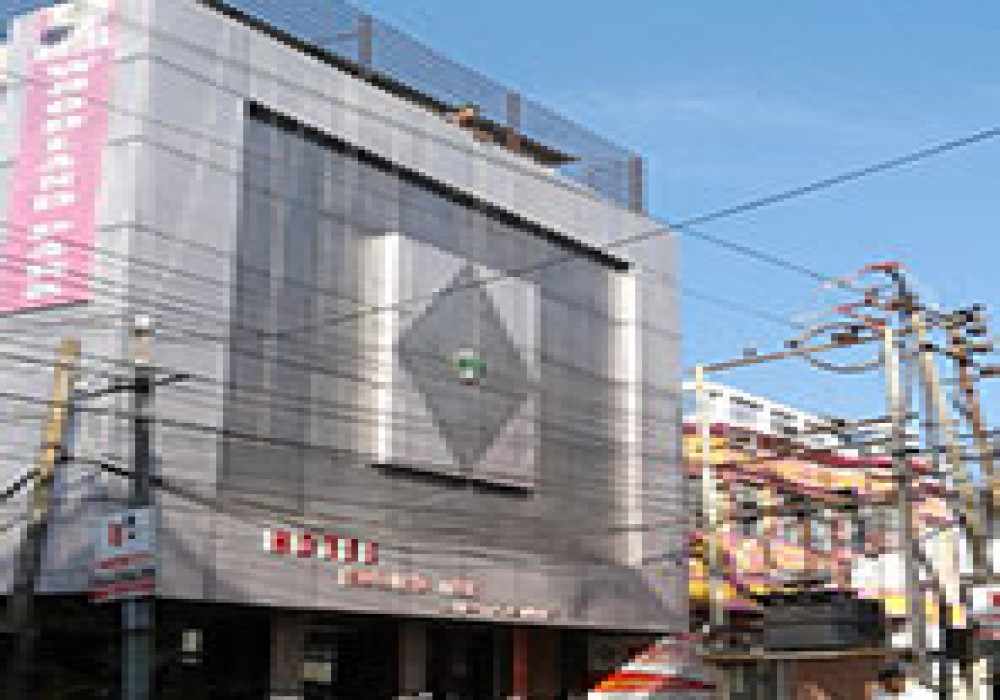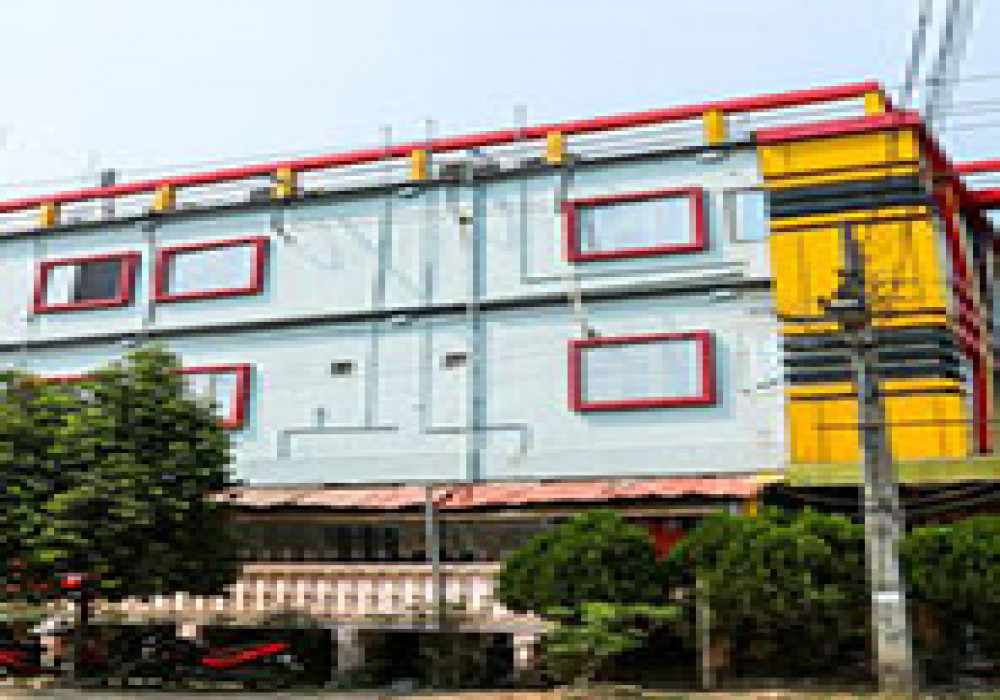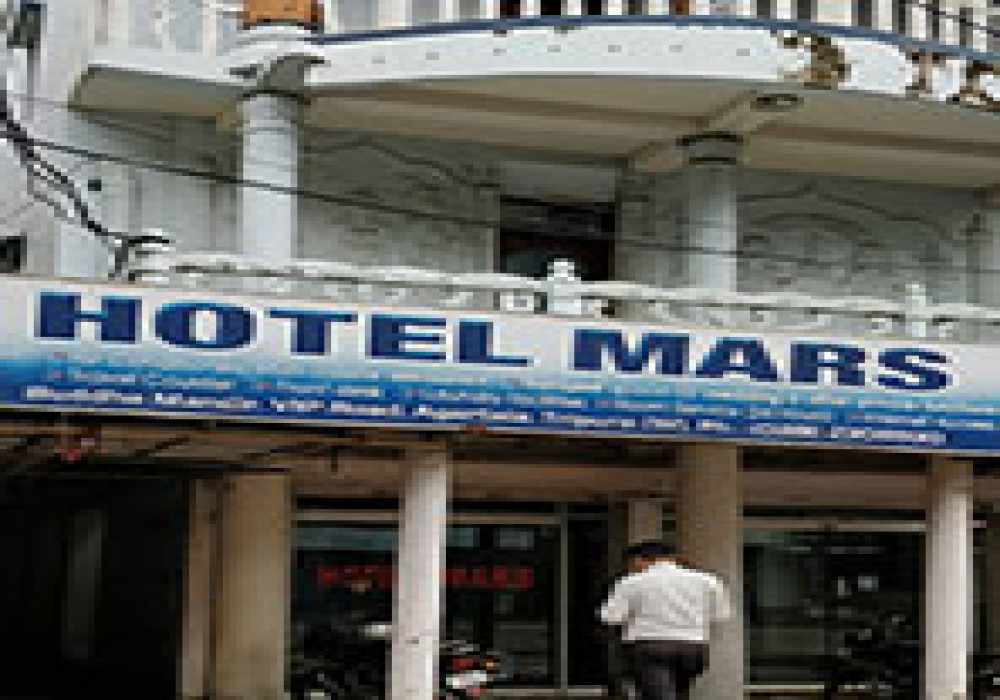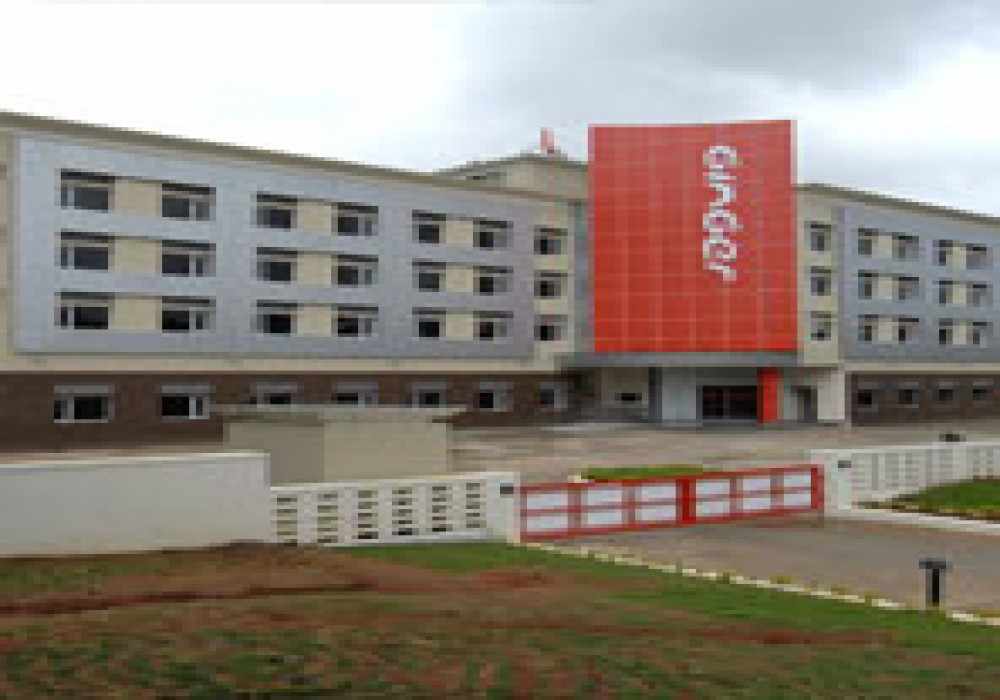Famous for orange, rubber, tea, and bamboo plantations, Tripura is famous for its diverse and vibrant culture, as well as its natural beauty. As one of India's smallest states, Tripura is an unexplored treasure that showcases the unique lifestyle of tribal communities who have preserved their natural resources remarkably. These communities are skilled in creating beautiful handicrafts using cotton fabric, wood, bamboo, and cane, which are the speciality of Tripura.
The Tripura capital, Agartala, serves as the gateway to exploring this fascinating state. The best time to visit Tripura and experience its rich culture and picturesque landscapes is from October to May. During this period, the weather is ideal for exploring the lush greenery and the state's famous plantations, as well as participating in local festivals and events that reflect the vibrant life of its people.
History of Tripura
The Twipra Kingdom, the largest kingdom in northeast India, is probably the first name that strikes the head regarding the history of the mighty state, Tripura. In the stories of Rajmala, the mention of the Tripura kingdom is articulated sophistically, defining the kingdom's origin. During the ancient period, i.e. the 7th Century, Kailashahar, the northern region of Tripura, was where the kings ruled. They gained the title “fa” or “pha, " meaning father or head. When the Kings shifted their capital from Rangamati to Udaipur, they adopted the title of Manikya Dynasty of the southern region in the 14th Century. Then, the Mughals came into the picture, and British rule followed.
At the beginning of the 19th Century, the British governance established in many regions of India and they sent an agent to Tripura for Maharaja's assistance. He advised him for changing the capital to Agartala. The rulers of Tripura are known for building palaces like the Neermahal Palace and Ujjayanta Palace. Once India gained independence, the Union of India and the princely state of Tripura went under a merger on 15th October 1949. Finally, it was declared a Union Territory on 1st July 1963. With continuous efforts and intervention of the people of Tripura, the state garnered itself a pivotal place. 21st January 1972 became a noteworthy date when Tripura was accepted as the fully-fledged state of India.
Culture of Tripura
The presence of numerous ethnolinguistic groups led to the formation of the composite Tripura culture and tradition. The cultures that dominate the state are Jamatia, Tripuris, Reang, Nantong, Koloi, Chakma, Oraon, Santhal, Halam, Garo, Hajong, Mizo, Mogh, and Uchoi. The Bengali culture somehow overlaps the tribal culture in certain regions. However, untouched towards the hills of Tripura, the culture in the hilly region of the state basks in the glory of maintaining ethnicity. 70% of Tripura's population comprises the Bengali community, and merely 30% belongs to the original Tripura culture. Among the tribes of Tripura, Kokborok-speaking people had been dominating across the state until the 2001 census came into the picture.
Read More : Culture Of Tripura
The Bengali language is the most spoken language among the populace of Tripura, and Kokborok is still alive in the hearts of tribal people. In short, Bengali culture is represented through the urban life of the state, while the people of villages represent Kokborok. Coming to the Gods and deities, you must know that people worship the patron Goddess of Tripura, Tripureshwari. Along with this, people believed in fertility Gods, including Lam-Pra (sky and sea Gods), Mailu-ma (corn Goddess), Burha-sa (healing God), and Khulu-ma (cotton plant Goddess), apart from many more deities. Every culture and religion has its significance, and the communities of Tripura firmly believe that Mother Earth keeps everyone bonded together without being biassed about their cultural diversity.
Read More : Temples In Tripura
Food Of Tripura
The plate of Tripura, India, gets the best flavours from its traditional food, Mui Borok, which the people of the state relish. The chefs of Tripura take inspiration from many of its neighbouring countries, including Bangladesh and China. Most of the people of Tripura are the non-tribal Bengalis' who are typical northeastern people. These folks primarily live on fish, vegetables, and rice, so pork, mutton, chicken, and other non-vegetarian dishes are quite prevalent among the state's people. Spicy curry is another thing that adds a distinct flavour to Tripura's food palate.
These people add Tripurian style to a few Chinese dishes to add a touch of their typical taste. These dishes' authenticity lies in flavours generated by tempering numerous spices to blend according to local taste. The traditional drinks of Tripura, Chauk, and Chuwarak are akin to beer and give the fantastic taste of conventional beer, which is also a regional speciality. One can savour Mosdeng Serma, Bhangui, Kasoi Bwtwi, Panch Phoron Tarkari, and Wahan Mosdeng among the state's famous dishes. Grab a bite of these luscious dishes and enjoy the lip-smacking flavours to make the most of your tours to India.
Read More : Festivals Of Tripura
Art And Handicrafts of Tripura
Land of highly skilled artisans, Tripura is a destination in India that pays homage to many distinct ethnic groups who are experts in craft-making techniques. Bamboo and cane works are amongst the most famous craft works of the state. The handicrafts such as decorative wall panels, silver jewellery lamps, cane furniture, bamboo dining table mats, floor mats, and room dividers are evidence of the skill of the state's artisans. Also, the proficient artisans of Tripura weave highly incredible fabrics, and their designs are truly fascinating.
The traditional pattern of their handlooms comprises horizontal and vertical stripes with vibrant embroidery. Every tribe has its unique handicrafts. Among Tripura's oldest industries, handloom, cane, and bamboo grab the top line. While artisans take only simple materials, including bamboo, palm leaves, rods, and yarn, they carve marvellous articles out of these eco-friendly raw materials. All in all, the tribal community of Tripura is known for its magnificent craftsmanship and extreme talent that adds magic to any element.
Read More : Water Parks In Tripura
Things to do in Tripura
Every travel enthusiast visits Tripura to endorse the rich culture, witness the hilly landscapes, see the luxurious palaces, lush fields, highly skilled craftsperson, and whatnot. Here is the list of tourist attractions in Tripura, including the activities one can enjoy after entering the state of Tripura.
- Pay an eye to the unrealistic beauty of Unakoti.
- Enjoy boating at the Rudrasagar Lake.
- Get religious vibes at Jagannath and Kali temples of Agartala.
- Visit Heritage Park at Kunjaban, Agartala
- Pluck the fresh oranges at Jampui Hills
- Become a part of the grand Durga puja celebration.
- Endorse the magnificent architecture of Ujjayanta Palace in Agartala.
- Play with animals at the wildlife sanctuary of Uttar Charilam.
- Do not miss to visit the Rose Valley Amusement park of Amatali, Madhuban.
Endorsing tribal culture and heritage sites is fun in this part of the country, as Tripura tourism offers the real preservers of traditions that are worth exploring. Embarking on a tribal tour can surely endow visitors with a glimpse of untouched beauty and simplicity of life. Some journeys are profound!
How to Reach Tripura?
To reach Tripura, you can choose air, road, or train according to your convenience:
By Air
The main airport in Tripura is Maharaja Bir Bikram Airport, located in Agartala. It connects Tripura to major Indian cities like Kolkata, Guwahati, and Delhi.
By Road
National Highway 8 is the primary road link that connects Tripura with the rest of India. Regular bus services are available from nearby states like Assam.
By Train
Agartala railway station is connected to the broad gauge railway network, offering train services to and from various parts of India.
Conclusion
Reaching Tripura is easy whether you fly, drive, or take a train. Agartala's Maharaja Bir Bikram Airport has flights to major cities. If you prefer driving, National Highway 8 is the main route. For train travellers, Agartala railway station links to many Indian cities. Visit this beautiful state to experience its unique culture and natural beauty.
Plan your trip with Adotrip today. Enjoy a wealth of information, end-to-end travel assistance and BOOK Flights, Hotels, and Tour Packages under one roof.
With Adotrip, nothing is far!
Book Tripura Tour Packages
Frequently asked questions
Q. Why is Tripura famous?
A. Tripura is famous for its diverse cultural heritage, lush landscapes, and vibrant tribal traditions. It is renowned for its handicrafts, particularly products made from bamboo and cane. The state also boasts beautiful orange, rubber, tea, and bamboo plantations, which contribute significantly to its economy.
Q. Was Tripura part of Assam?
A. Yes, Tripura was once part of Assam. Before becoming a full-fledged state, Tripura was a Union Territory, and prior to that, it was administered as part of Assam under the British and post-independence until 1972 when it attained statehood.
Q. Is Tripura a city or state?
A. Tripura is a state in Northeast India. It is one of the smallest states in the country and shares borders with Bangladesh, Assam, and Mizoram.
Q. What language is spoken in Tripura?
A. The primary language spoken in Tripura is Bengali. Kokborok (Tripuri) is also widely spoken by the indigenous tribal communities. Both Bengali and Kokborok are official languages of the state. Additionally, various dialects of the different tribal communities are spoken throughout Tripura.

